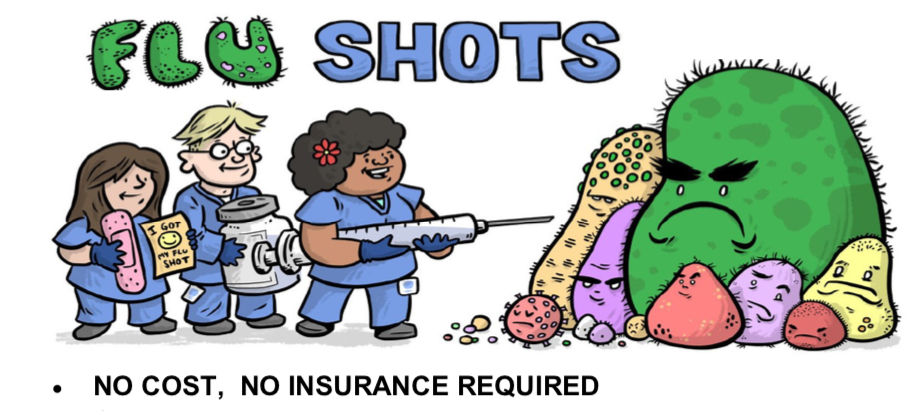Do you have questions about how to fill out the FAFSA? Go to https://studentaid.ed.gov/sa/fafsa/filling-out/help for help. More questions are answered at https://studentaidhelp.ed.gov/app/home/site/fafsa. Remember – this is the FREE Application for Federal Student Aid. No one has to pay to fill out or file the FAFSA .
If you know a student who has been in foster care or who is homeless, specific information about accessing federal student aid for these groups is available at https://studentaid.ed.gov/sa/eligibility.
Those who would like to get a free early estimate of their eligibility for Pell Grant, Federal Work Study, and federal subsidized and unsubsidized loans can find out by using the U.S. Department of Education’s FAFSA4caster.
FAFSA filers no longer have to wait to fill out the FAFSA until they’ve filed their federal income tax forms in April. Due to a change in the law, FAFSA filers should use their “prior prior†tax returns. So on October 1, use the 2018 federal tax and income information to fill out the 2020-2021 FAFSA. The FAFSA also has the Data Retrieval Tool that will fill in the federal tax information automatically.
For those interested in the Alaska Education Grant or the Alaska Performance Scholarship, they must file their FAFSA as soon as they can after October 1 but no later than June 30th and select at least one Alaskan institution of higher education.
Looking for scholarships?  https://studentaid.ed.gov/sa/types/grants-scholarships/finding-scholarships can help students find them and explains how scholarships can affect other student aid.
Don’t know what school offers the best education for the money? Try the College Navigator. Using data gathered by the U.S. Department of Education’s National Center for Education Statistics, it allows comparisons of different kinds of schools and programs in different locations. Another great tool is the College Affordability and Transparency Center, also by the U.S. Department of Education. This is a one-stop-shop for price and quality information.
And don’t forget – there are tax benefits for education, including tax credits for higher education expenses, student loan interest deductions, Qualified Tuition Programs (529 Plans), and more. Learn more about these opportunities at https://studentaid.ed.gov/sa/types/tax-benefits and https://www.irs.gov/individuals/students.
Have more questions? Contact the Alaska Commission on Postsecondary Education’s Success Center for one-on-one coaching on career exploration, career training information, help filling out the FAFSA and other aid applications, scholarship searches, and more. They also provide group presentations on a variety of important topics and various printed materials. To contact them, call toll-free to 1-800-441-2962 opt 4, e-mail ACPESuccessCenter@alaska.gov, or if in Anchorage, check out their brick and mortar locations at the Dimond Center Mall or the University Center Mall.

